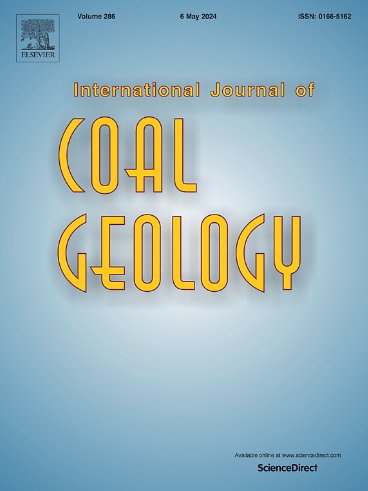生物质颗粒的家庭燃烧:来自波兰的例子
IF 5.7
2区 工程技术
Q2 ENERGY & FUELS
引用次数: 0
摘要
在欧盟加大努力遏制温室气体排放和实现气候目标的背景下,木屑颗粒已成为可再生能源战略中的关键要素。然而,生物质颗粒燃烧与一系列影响空气质量和公众健康的污染物有关。随着生物质利用作为住宅供暖燃料的普及,确定这种影响并在整个生物质能源生产周期中加强可持续实践是很重要的。本研究调查了生物质颗粒特性对其燃烧排放的复杂动态,特别关注木质和非木质颗粒之间观察到的差异。数据揭示了颗粒特性的变化,特别是在灰分产量和细粒含量、机械耐久性和杂质水平方面,以及利用排放的类型和数量的显着差异。研究结果强调了生物质燃料,特别是非木质(农业)颗粒燃料燃烧所带来的潜在健康风险,因为其排放的颗粒物(PM)、一氧化碳(CO)、二氧化氮(NO2)、硫化氢(H2S)、氨(NH3)、氯(Cl2)、二氧化硫(SO2)和甲醛(HCHO)的浓度升高,均超过了建议限值。此外,研究表明,通过分析颗粒的特性,可以部分预测颗粒燃烧产生的排放。统计分析确定了几个关键变量,包括树皮含量、细粉含量、机械耐久性、体积密度、热值、净热值、硫和氮含量,这些变量会影响CO、NO2、H2S、SO2、HCHO和呼吸道刺激物的排放。这些发现强调了采取积极措施的必要性,包括实施更严格的燃料质量和排放标准,同时开展公众教育活动,宣传尽可能使用最清洁、最安全的燃料。本文章由计算机程序翻译,如有差异,请以英文原文为准。
Domestic combustion of biomass pellets: Example from Poland
In the context of the European Union's intensified efforts to curb greenhouse gas emissions and meet climate targets, wood pellets have emerged as a pivotal element in the renewable energy strategy. Yet, biomass pellet combustion has been linked to a range of pollutants impacting air quality and public health. As biomass utilization gains popularity as a fuel for residential heating, it is important to determine this impact and enhance sustainable practices throughout the entire biomass energy production cycle.
This study investigates the intricate dynamics of biomass pellet properties on their combustion emissions, with a specific focus on the differences observed between pellets of woody and non-woody origins. The data reveal a variation in pellet characteristics, especially regarding their ash yield and fines contents, mechanical durability, and impurity levels, and significant differences in the type and amount of utilization emissions. The results highlight potential health risks posed by the combustion of biomass fuels, particularly non-woody (agro) pellets, due to elevated concentrations of emitted particulate matter (PM), carbon monoxide (CO), nitrogen dioxide (NO2), hydrogen sulfide (H2S), ammonia (NH3), chlorine (Cl2), sulfur dioxide (SO2), and formaldehyde (HCHO), all surpassing recommended limits.
Moreover, the study reveals that emissions from pellet combustion could be partially predicted by analyzing pellet characteristics. Statistical analysis identified several key variables—including bark content, fines content, mechanical durability, bulk density, heating value, net calorific value, sulfur, and nitrogen content—that impact emissions of CO, NO2, H2S, SO2, HCHO, and respiratory tract irritants. These findings underscore the need for proactive measures, including the implementation of stricter standards for fuel quality and emissions, alongside public education initiatives promoting the cleanest and safest fuels possible.
求助全文
通过发布文献求助,成功后即可免费获取论文全文。
去求助
来源期刊

International Journal of Coal Geology
工程技术-地球科学综合
CiteScore
11.00
自引率
14.30%
发文量
145
审稿时长
38 days
期刊介绍:
The International Journal of Coal Geology deals with fundamental and applied aspects of the geology and petrology of coal, oil/gas source rocks and shale gas resources. The journal aims to advance the exploration, exploitation and utilization of these resources, and to stimulate environmental awareness as well as advancement of engineering for effective resource management.
 求助内容:
求助内容: 应助结果提醒方式:
应助结果提醒方式:


